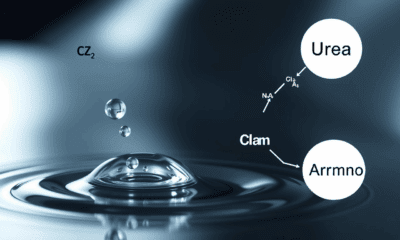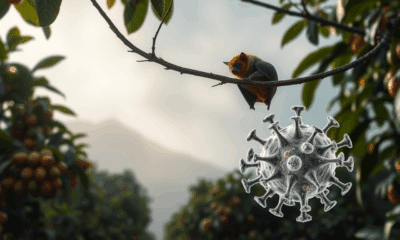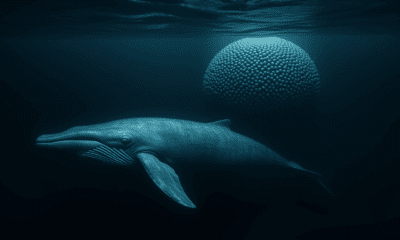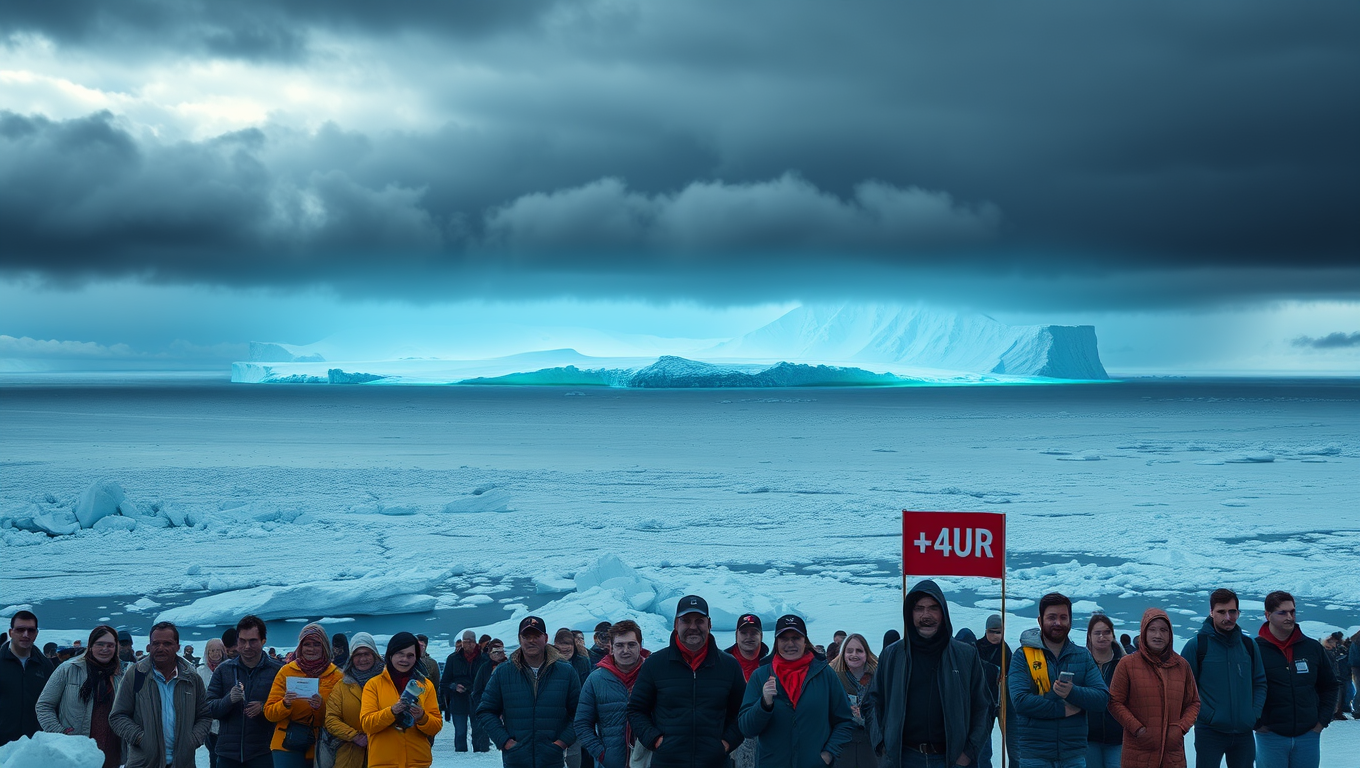While we try to keep things accurate, this content is part of an ongoing experiment and may not always be reliable.
Please double-check important details — we’re not responsible for how the information is used.
Ancient DNA
The Missing Pieces: Uncovering Why Some Ancient Animals Fossilize While Others Disappear
Why do some ancient animals become fossils while others disappear without a trace? A new study reveals that part of the answer lies in the body itself. The research shows that an animal’s size and chemical makeup can play an important role in determining whether it’s preserved for millions of years — or lost to time.

Ancient DNA
Unveiling the Dinosaur’s Menu: A Fossilized Time Capsule Reveals the Sauropod’s Diet 100 Million Years Ago
A prehistoric digestive time capsule has been unearthed in Australia: plant fossils found inside a sauropod dinosaur offer the first definitive glimpse into what these giant creatures actually ate. The remarkably preserved gut contents reveal that sauropods were massive, indiscriminate plant-eaters who swallowed leaves, conifer shoots, and even flowering plants without chewing relying on their gut microbes to break it all down.
Ancient DNA
The Tipping Point: Scientists Warn of West Antarctic Ice Sheet Collapse and its Devastating Consequences
Collapse of the West Antarctic Ice Sheet could be triggered with very little ocean warming above present-day, leading to a devastating four meters of global sea level rise to play out over hundreds of years according to a new study. However, the authors emphasize that immediate actions to reduce emissions could still avoid a catastrophic outcome.
Ancient DNA
Uncovering Ancient Secrets: Dinosaurs Hold Clues to Cancer Discoveries
New techniques used to analyze soft tissue in dinosaur fossils may hold the key to new cancer discoveries. Researchers have analyzed dinosaur fossils using advanced paleoproteomic techniques, a method that holds promise for uncovering molecular data from ancient specimens.
-

 Detectors3 months ago
Detectors3 months agoA New Horizon for Vision: How Gold Nanoparticles May Restore People’s Sight
-

 Earth & Climate4 months ago
Earth & Climate4 months agoRetiring Abroad Can Be Lonely Business
-

 Cancer3 months ago
Cancer3 months agoRevolutionizing Quantum Communication: Direct Connections Between Multiple Processors
-

 Agriculture and Food3 months ago
Agriculture and Food3 months ago“A Sustainable Solution: Researchers Create Hybrid Cheese with 25% Pea Protein”
-

 Diseases and Conditions4 months ago
Diseases and Conditions4 months agoReducing Falls Among Elderly Women with Polypharmacy through Exercise Intervention
-

 Chemistry3 months ago
Chemistry3 months ago“Unveiling Hidden Patterns: A New Twist on Interference Phenomena”
-

 Albert Einstein4 months ago
Albert Einstein4 months agoHarnessing Water Waves: A Breakthrough in Controlling Floating Objects
-

 Earth & Climate3 months ago
Earth & Climate3 months agoHousehold Electricity Three Times More Expensive Than Upcoming ‘Eco-Friendly’ Aviation E-Fuels, Study Reveals





























